dataset
Type of resources
Available actions
Topics
INSPIRE themes
Keywords
Contact for the resource
Provided by
Years
Formats
Representation types
Update frequencies
status
Service types
Scale
Resolution
-
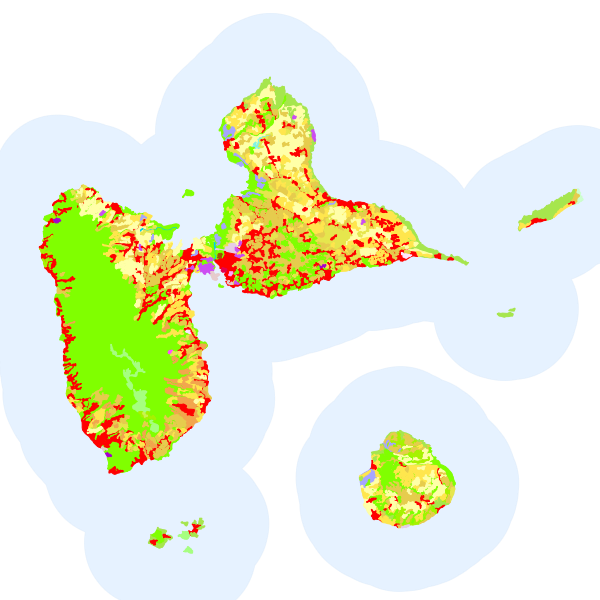
La base de données géographique CORINE Land Cover (CLC) est un inventaire biophysique de l'occupation des terres. Il est produit dans le cadre du programme européen d'observation de la terre Copernicus (39 États européens). Données de référence, CORINE Land Cover est issue de l'interprétation visuelle d'images satellitaires et est disponible pour les années suivantes : 1990, 2000, 2006, 2012 et 2018. Ces bases d'état sont accompagnées par les bases des changements 1990-2000, 2000-2006 et 2006-2012 (données sur les portions du territoire ayant changé d'occupation des sols).
-
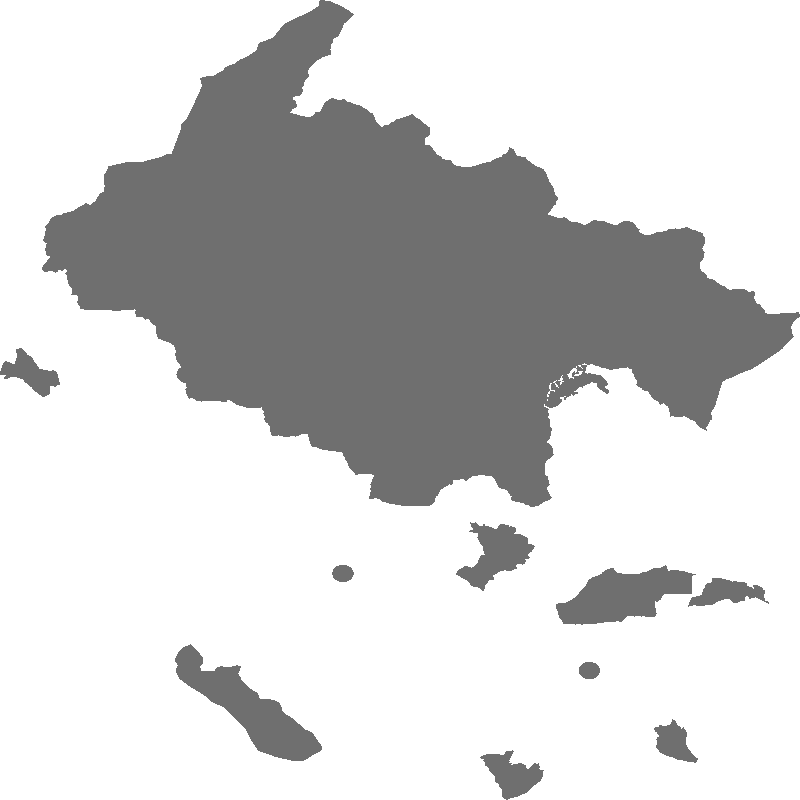
Compilation de différentes couches. Les sites retenus sont considérés comme site de référence dans les activités du parc national.
-

Limite de l'aire optimale d'adhésion du Parc national des Ecrins. Couche générée par fusion des communes (IGN bd topo fev 2013).
-

Ensemble des lignes de lecture du PNE. SOURCE : Olivier SENN, relevés des 2 extrémités au GPS en 2008. 2017-01-23 - MAJ avec ajout de la ligne 132 (Le Lauzet)
-
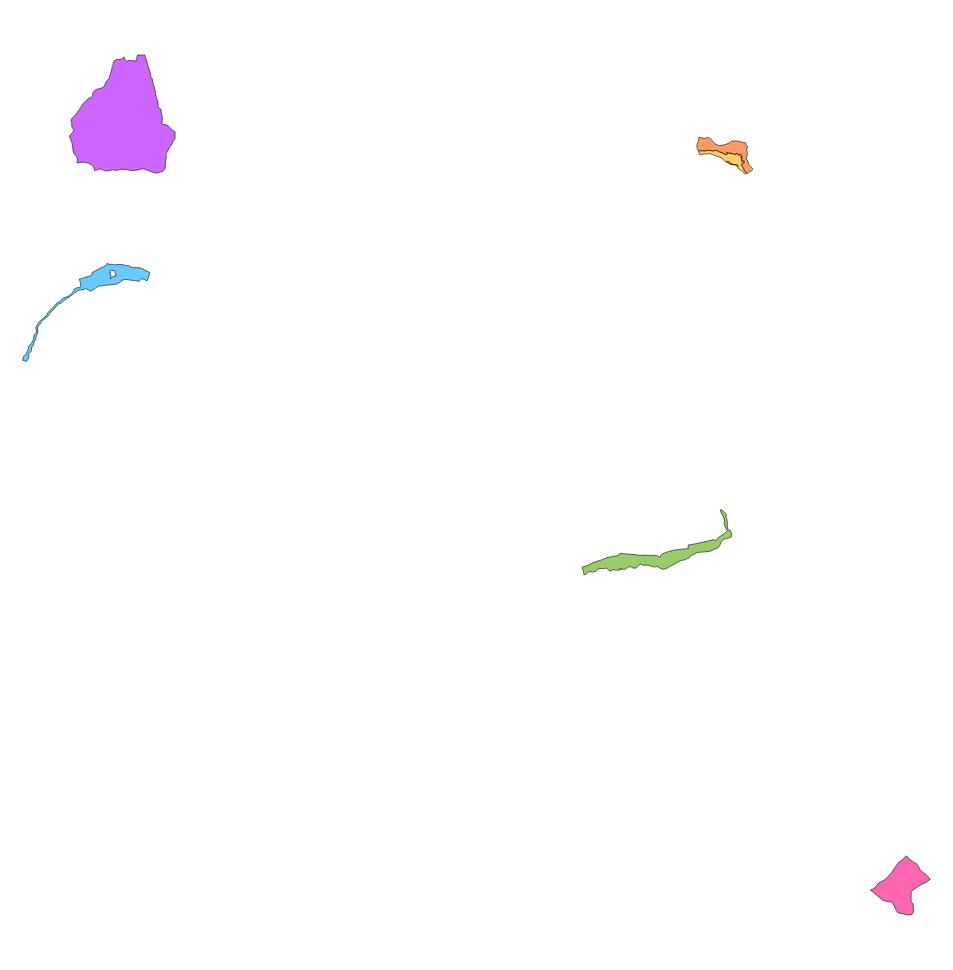
Limite des réserves naturelles nationales gérées par Parc national des Ecrins par délégation des préfectures 05 et 38. Attention : cette couche ne présente pas de valeur juridique. Seule la liste des parcelles inscrites au décret de création des réserves permet de définir la limite exacte des réserves.
-
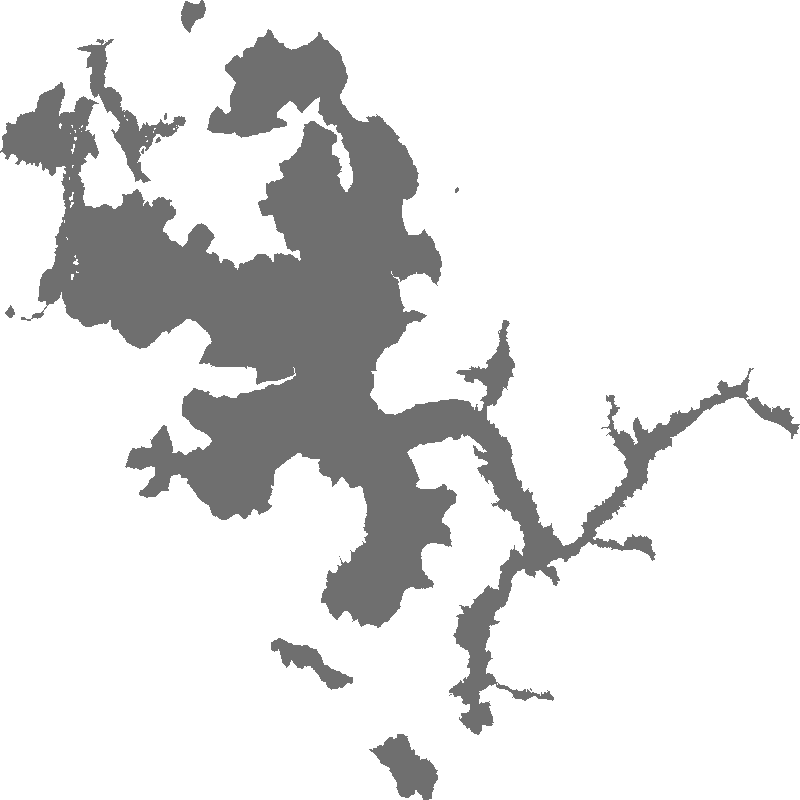
Limites des sites Natura 2000 dans le Parc national des Ecrins
-
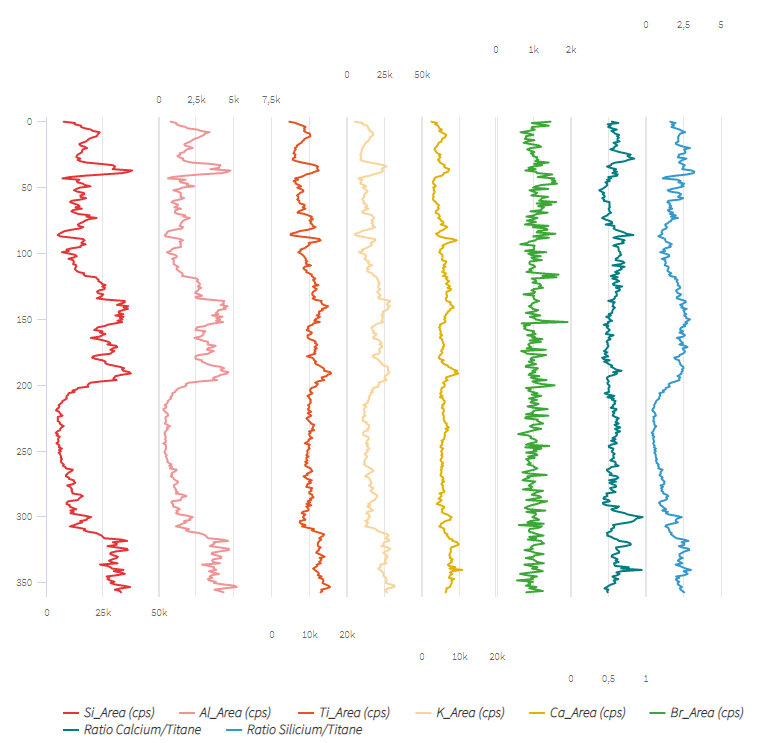
Local glacial fluctuations and flood occurrences were investigated in the sediment sequence of proglacial Lake Muzelle. The sample covers the period from 303 to 2012. X-ray fluorescence spectrometry (XRF) 2017 Based on geochemical analysis and organic matter content established using loss on ignition and reflectance spectroscopy, we identified six periods of increased glacial activity over the last 1700 yr. Each is in accordance with records from reference glaciers in the Alps. A total of 255 graded layers were identified and interpreted as flood deposits. Most of these occurred during glacial advances such as the Little Ice Age period and exhibit thicker deposits characterized by an increase in the fine grain-size fraction. Fine sediment produced by glacial activity is transported to the proglacial lake during heavy rainfall events. The excess of glacial flour during these periods seems to increase the watershed's tendency to produce flood deposits in the lake sediment, suggesting a strong influence of the glacier on flood reconstruction records. Thus, both flood frequency and intensity, which is estimated based on layer thickness as a proxy, cannot be used in reconstruction of past extreme events because of their variability. There is a need to take into account changes in sediment supply in proglacial areas that could preclude satisfactory interpretation of floods in terms of past climate variability. Roman era to contemporary era Glacial fluctuation Glacial focal spot
-
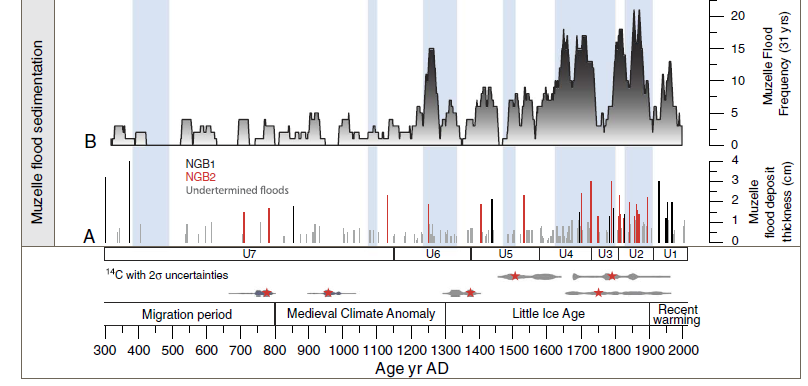
Local glacial fluctuations and flood occurrences were investigated in the sediment sequence of proglacial Lake Muzelle - Ecrins national Park - Composite sediment sequance Muz12-I – april 2012 (IGSN:IEFRA00A4). The sample covers the period from 303 to 2012. Based on geochemical analysis and organic matter content established using loss on ignition and reflectance spectroscopy, we identified six periods of increased glacial activity over the last 1700 yr. Each is in accordance with records from reference glaciers in the Alps. A total of 255 graded layers were identified and interpreted as flood deposits. Most of these occurred during glacial advances such as the Little Ice Age period and exhibit thicker deposits characterized by an increase in the fine grain-size fraction. Fine sediment produced by glacial activity is transported to the proglacial lake during heavy rainfall events. The excess of glacial flour during these periods seems to increase the watershed's tendency to produce flood deposits in the lake sediment, suggesting a strong influence of the glacier on flood reconstruction records. Thus, both flood frequency and intensity, which is estimated based on layer thickness as a proxy, cannot be used in reconstruction of past extreme events because of their variability. There is a need to take into account changes in sediment supply in proglacial areas that could preclude satisfactory interpretation of floods in terms of past climate variability.
-

Local glacial fluctuations and flood occurrences were investigated in the sediment sequence of proglacial Lake Muzelle. Composite sediment sequence Muz12-I – april 2012 (IGSN:IEFRA00A4). The sample covers the period from 303 to 2012. Based on geochemical analysis and organic matter content established using loss on ignition and reflectance spectroscopy, we identified six periods of increased glacial activity over the last 1700 yr. Each is in accordance with records from reference glaciers in the Alps. A total of 255 graded layers were identified and interpreted as flood deposits. Most of these occurred during glacial advances such as the Little Ice Age period and exhibit thicker deposits characterized by an increase in the fine grain-size fraction. Fine sediment produced by glacial activity is transported to the proglacial lake during heavy rainfall events. The excess of glacial flour during these periods seems to increase the watershed's tendency to produce flood deposits in the lake sediment, suggesting a strong influence of the glacier on flood reconstruction records. Thus, both flood frequency and intensity, which are estimated based on layer thickness as a proxy, cannot be used in reconstruction of past extreme events because of their variability. There is a need to take into account changes in sediment supply in proglacial areas that could preclude satisfactory interpretation of floods in terms of past climate variability. Glacial fluctuation Glacial focal spot
-

Local glacial fluctuations and flood occurrences were investigated in the sediment sequence of proglacial Lake Muzelle. The sample covers the period from 303 to 2012. Loss On Ignition (LOI) 2017 Based on geochemical analysis and organic matter content established using loss on ignition and reflectance spectroscopy, we identified six periods of increased glacial activity over the last 1700 yr. Each is in accordance with records from reference glaciers in the Alps. A total of 255 graded layers were identified and interpreted as flood deposits. Most of these occurred during glacial advances such as the Little Ice Age period and exhibit thicker deposits characterized by an increase in the fine grain-size fraction. Fine sediment produced by glacial activity is transported to the proglacial lake during heavy rainfall events. The excess of glacial flour during these periods seems to increase the watershed's tendency to produce flood deposits in the lake sediment, suggesting a strong influence of the glacier on flood reconstruction records. Thus, both flood frequency and intensity, which is estimated based on layer thickness as a proxy, cannot be used in reconstruction of past extreme events because of their variability. There is a need to take into account changes in sediment supply in proglacial areas that could preclude satisfactory interpretation of floods in terms of past climate variability. Glacial fluctuations Glacial focal spot
 Catalogues des Parcs Nationaux
Catalogues des Parcs Nationaux